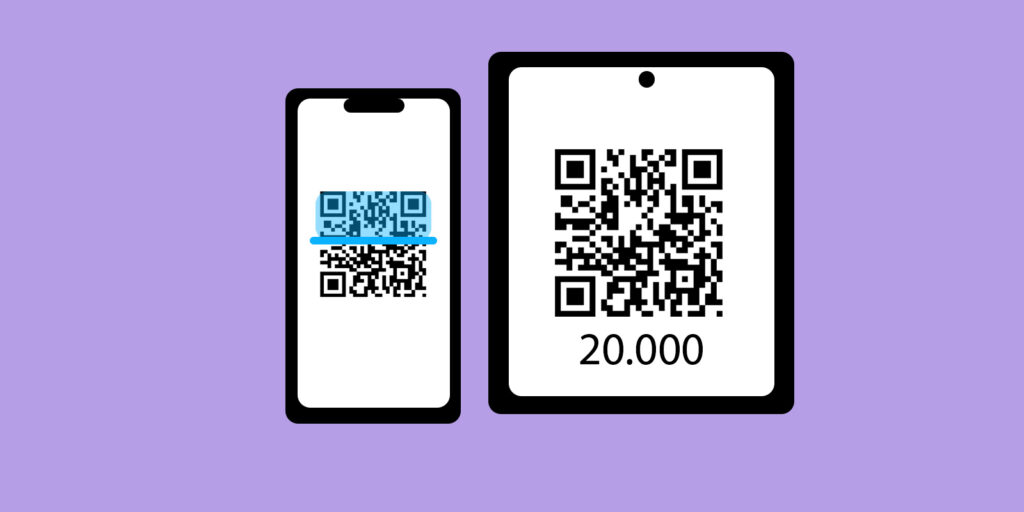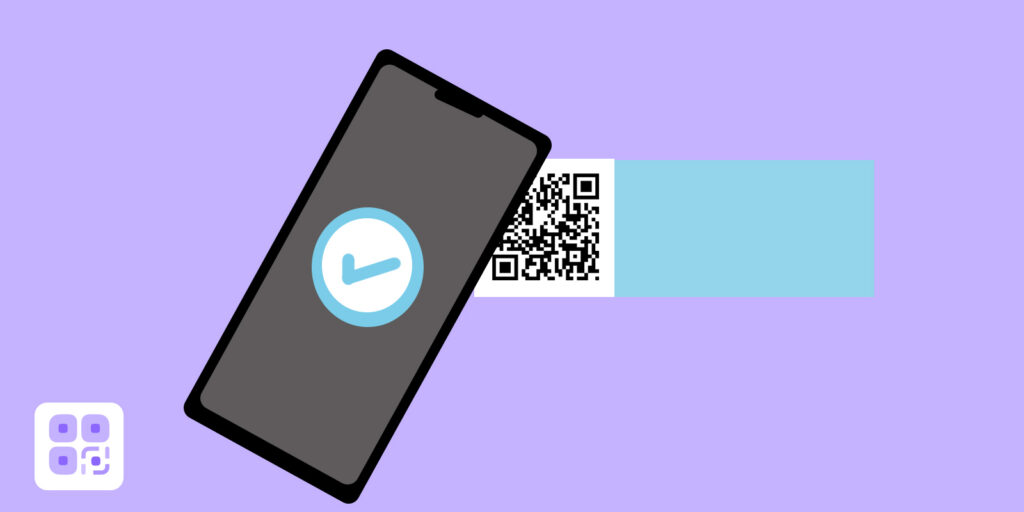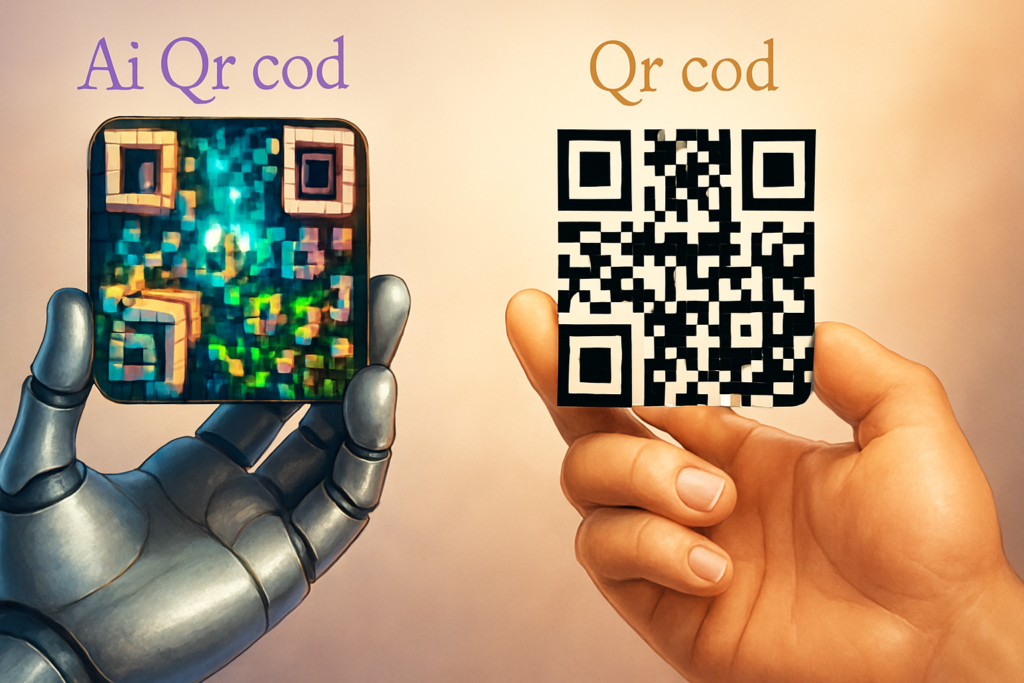In recent years, the landscape of digital payments has undergone a significant evolution, largely due to the emergence of UPI (Unified Payments Interface) QR codes. This transformation has made the payment process easier and more secure for both merchants and consumers. In this article, we will explore how UPI QR codes have revolutionized merchant payments, the implications of this shift, and the benefits it brings.
1. The Emergence of UPI: The Foundation of Change
The Unified Payments Interface (UPI) was launched in India in 2016 as an initiative by the Reserve Bank of India (RBI) and the National Payments Corporation of India (NPCI). The system aimed to facilitate digital payments between individuals and merchants instantly and seamlessly. With UPI, users can link their bank accounts directly to digital payment applications, enabling easy transaction processing.
2. Integration with QR Codes: How It Works
QR codes serve as a means to simplify payments. Merchants generate a unique QR code that contains their account information, and when customers scan this code with a payment app on their smartphones, the funds are transferred directly to the merchant’s account. This technology addresses several challenges associated with traditional payment methods, such as:
- Security: UPI QR payments offer higher security levels compared to cash or credit cards since transaction data is encrypted, minimizing the risk of sensitive information exchange.
- Convenience: Customers can make payments without the need to carry cash or credit cards, enhancing everyday shopping experiences and promoting ease of use.
3. Benefits of UPI QR Codes for Merchants
The adoption of UPI QR codes provides several important advantages for merchants:
- Reduced Operational Costs: Merchants no longer need to invest in traditional Point of Sale (POS) devices, thereby reducing associated costs. They can use smartphones to create QR codes and accept payments easily.
- Faster Transaction Speed: UPI QR transactions are quick, which helps reduce wait times at checkout points, improving customer experience and satisfaction.
- Increased Market Reach: Even small merchants and local shops can leverage QR codes, enabling them to compete with larger companies and expand their customer base.
4. Widespread Adoption and the Rise of Digital Payment Culture
UPI QR codes have seen a remarkable rise in popularity in India and are rapidly expanding to other countries. Government support has bolstered this transformation, encouraging the adoption of digital payments as part of efforts to enhance transparency and reduce cash transactions. Advertisements, awareness campaigns, and incentives for using digital payments have contributed to changing consumer behavior, leading to widespread acceptance of this technology.
5. Challenges and Future Trends
However, this transformation has not been without its challenges. Some customers still have concerns about security and privacy when using digital payment methods. Additionally, merchants lacking technical expertise in dealing with these systems may face difficulties.
In the future, we may witness further advancements in how UPI QR codes are utilized. Innovations such as integrating facial recognition or voice recognition for payments could enhance transaction security and convenience. Collaboration between banks and fintech companies may lead to new innovations in this space.
6. Conclusion
UPI QR codes have transitioned from a novel concept to an essential part of the modern financial landscape for merchants. By providing fast, easy, and secure payment options, this technology has paved the way for broader adoption of digital payments, contributing to enhanced commerce and improved customer experiences. The continuing evolution of this trend will depend on ongoing innovation and supporting both merchants and customers in overcoming current challenges.


